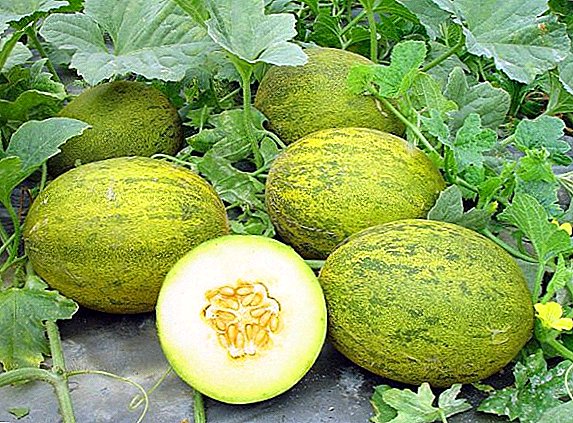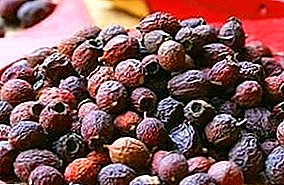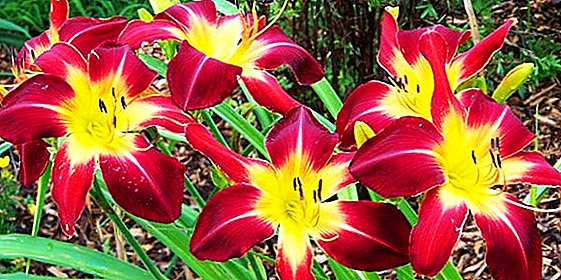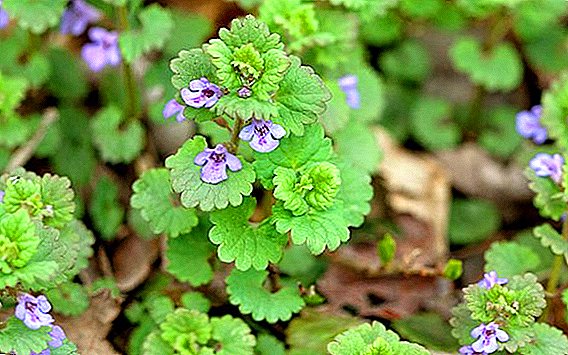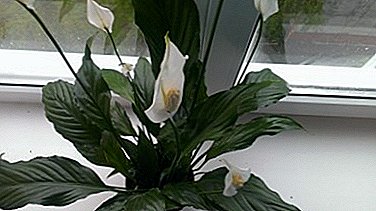
Spathiphyllum comes from South America. Under natural conditions, it lives in the lower tier of tropical forests along rivers and swamps.
The flower was first described by German explorer Gustav Wallis. The most common type of plant is his name. In Europe, was introduced for home cultivation. Nowadays about fifty species of spathiphyllum are known.
Plant organs and his photo
Leaf location
Spathiphyllum does not have an above-ground stalk, leaves on long cuttings flattened from below grow straight from the ground. The shape of the leaf plate is elongated and elongated with a pointed thin end. There is a distinct venation. The median vein is especially well marked.
Glossy leaves rich green color. The degree of saturation depends on the level of illumination: the farther away from the light source the plant is, the darker the green color will be.
- The main function of foliage is the formation of organic matter. A large area of the leaf plate absorbs a lot of light, thanks to which the photosynthesis process is launched, thereby ensuring the nutrition of the plant.
- Through the leaves water evaporates from the roots.
- With the help of the leaves, gas exchange between the flower and the air takes place.
The leaves are collected in the root bundle, from the middle of which the plant releases a thin sharp arrow of a new leaf rolled up into a tube.
Stem
The flower has no classical above-ground stem for indoor specimens or wild plants.
Root
 Spathiphyllum root system is represented by a short rhizome and root processes in the form of thin pale shoots. Roots perform the following functions in plant life:
Spathiphyllum root system is represented by a short rhizome and root processes in the form of thin pale shoots. Roots perform the following functions in plant life:
- the roots of the plant are fixed in the ground;
- through the roots in the ground part of the nutrients from the water and soil;
- rhizome provides plant reproduction.
The root system of spathiphyllum is fibrous, the flower does not have a main taproot, but exists due to the adventitious processes densely braiding the earthen clod.
Spathiphyllum propagated in two ways:
- Rhizome division. The procedure is performed with a sharp tool, cuts are powdered with charcoal powder.
- Dividing bush. From the mother plant are separated "kids" - new processes with their own roots. Leaf rosettes grow from the buds of rhizome, so it is called an underground short stem.
Flowers
Small flowers are collected in inflorescence, shaped like a spadix. The inflorescence is surrounded by a veil-sail of white, sometimes cream-colored. In size, it is more than three times the inflorescence. The shape of the flower gave the name to the whole plant. Spathiphyllum in translation from Greek - "covered with a sheet coverlet". The similarity of the petal with a sail led to the appearance of the popular name Spathiphyllum - the boat.
The flower rises above the leaves on a long stalk. By the end of flowering, the white color of the sail gradually turns green. Flowering is quite long - more than a month. The faded flower is cut off so that the plant does not waste energy on the formation of fruits.
Spathiphyllum flower is used in sections to decorate bouquets.
The plant usually blooms twice a year. - in spring-summer, autumn-winter, but with proper care you can achieve almost year-round flowering.
Fruit
Spathiphyllum fruits are green in color with small seeds inside.
The purpose of the fruit is to preserve the seeds until they mature.
At home, to achieve ripening fruit problematic, this requires the conditions of the greenhouse. Seed propagation is an unpopular method for spathiphyllum, since seed germination is very low, and over time it is completely lost.

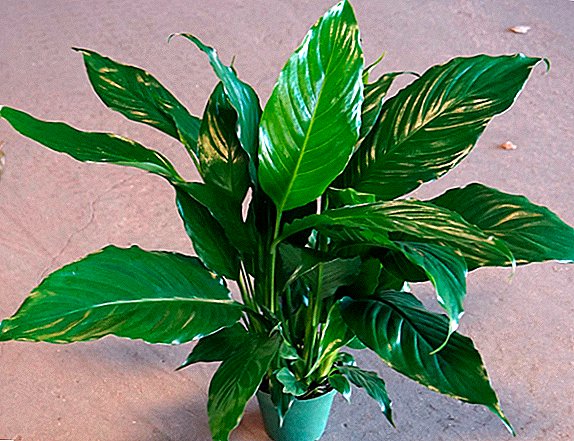



Diseases
Spathiphyllum is an unpretentious plant, but it can face diseases caused by improper care or pests.
Root System Diseases
The disease can affect the root system. Signs of such a lesion are wilted flower, dim leaves. Possible cause is root rot. In this case help with the problem will help immediate transplantremoving the affected roots.
The root system problem is indicated by brown spots on the leaves.
Leaf problems
With the wrong irrigation mode, insufficient moisture, the ends of the leaves can dry out, become black. Loss of leaf and blackness at the edges can be signs of an infectious disease and homoses, which should be dealt with primarily by removing the affected leaves and treating the rest of the green with a solution of soap or infusion of onion peels.
Problems with buds
For buds and newly blossomed flowers, dangerous conditions are bright sun and insufficient humidity. Buds do not withstand such conditions and fall off.
Excess moisture will lead to the fact that the plant may not bloom at all.
Lack of nutrients will affect the size of the flowers: they will be small.
Pest protection
To protect the spathiphyllum from pests (scale insects, aphids, spider mites), the plant is treated with insecticides. Garlic solution is used as a folk remedy..
Similar plants
 Flowers, similar to spathiphyllum, are among the representatives of their common aroid family.
Flowers, similar to spathiphyllum, are among the representatives of their common aroid family.
- Anthurium (it is also called "male happiness", paired "female happiness" - spatifillum) - a flower with a similar inflorescence and a veil of red, less often blue.
- Kala - a flower with an inflorescence on a long peduncle. The yellow stem of the Kala inflorescence is wrapped in white, less often in lilac, purple and even black petals.
- Alokaziya - similar to spathiphyllum foliage, does not bloom in artificial conditions. Alokaziya oval leaves with pointed tips and embossed veins.
- Caladium - a plant growing in nature in South and Central America. It has leaves of red, white, pink flowers. Sheet veins form patterns. The inflorescence has a white bedspread.
- Aspidistra - An old Russian houseplant. Its homeland is Japan and the south of China. Just like the spathiphyllum, it does not have a stem, wide leaves grow from the root and form a lush rosette. To achieve the flowering of aspidistra at home is almost impossible.
Due to the unusual structure of the flower, the spathiphyllum stands out among a huge number of indoor plants. The originality and reputation of the natural filter made Spathiphyllum an indispensable element of the decor of the currently popular eco-style.


